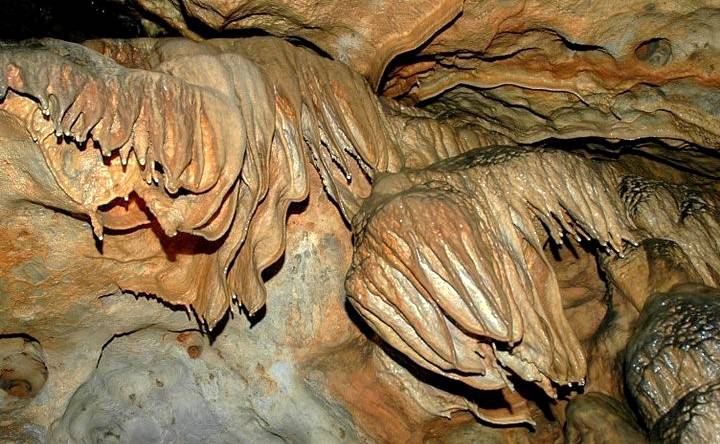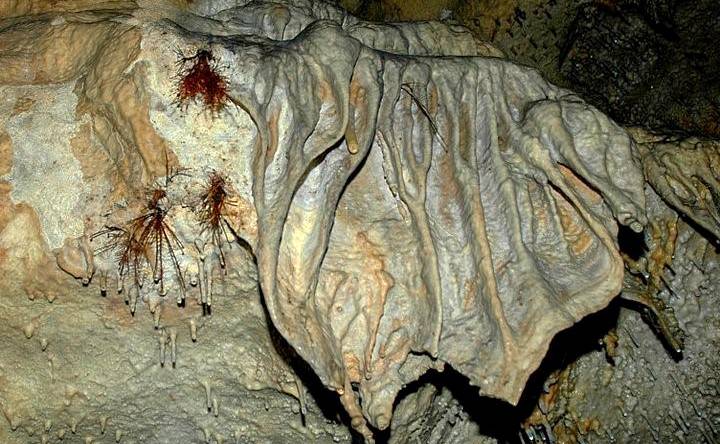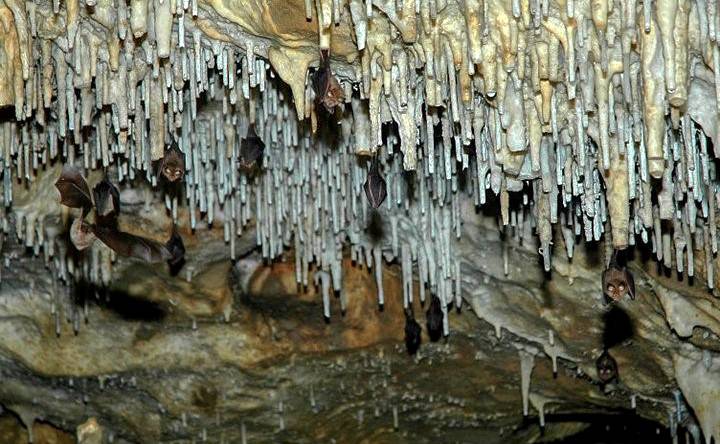Hainospilios Cave in Kamaraki
In the settlement of Kamaraki, near mount Astyraki which is 27 km away from Heraklion, there is a cave called Hainospilios (or Marmarospilios). Often, the villagers refer to it as the "Labyrinth". The name of the cave comes from the Chainides, the Cretan revolutionaries who used it as their base. In Turkish, "hain" means "disobedient". The famous Hainan Captain, Palmetis (1790-1834), the fearless exterminator of the Turkish aghas, also had his refuge in the cave. The cave was also used as a shelter by the inhabitants of the area during the Turkish occupation.
Hainospilios cave is elongated in the form of a gallery that is part of the bed of an old underground river. Thanks to its geological and speleological value, it is ranked among the most important caves in Greece. It is 200 meters long, while there is a parallel gallery, 120 meters long, with rich decoration. The cave is decorated with small and large stalagmites and massive stalagmite columns that exceed 6 metres in height. Immediately after the entrance, the narrow passages lead to two consecutive large halls and other smaller ones next to them. A steep downhill passage of 30 meters is created at the end of the second room, which closes tightly.
Hainospilios cave was first explored and completely mapped by Eleftherios Platakis in 1970-1971, and the information was included in his work, "Caves and other karst forms of Crete". East of the cave entrance, the visitor encounters a second smaller cave called Chamoto Spiliari.





